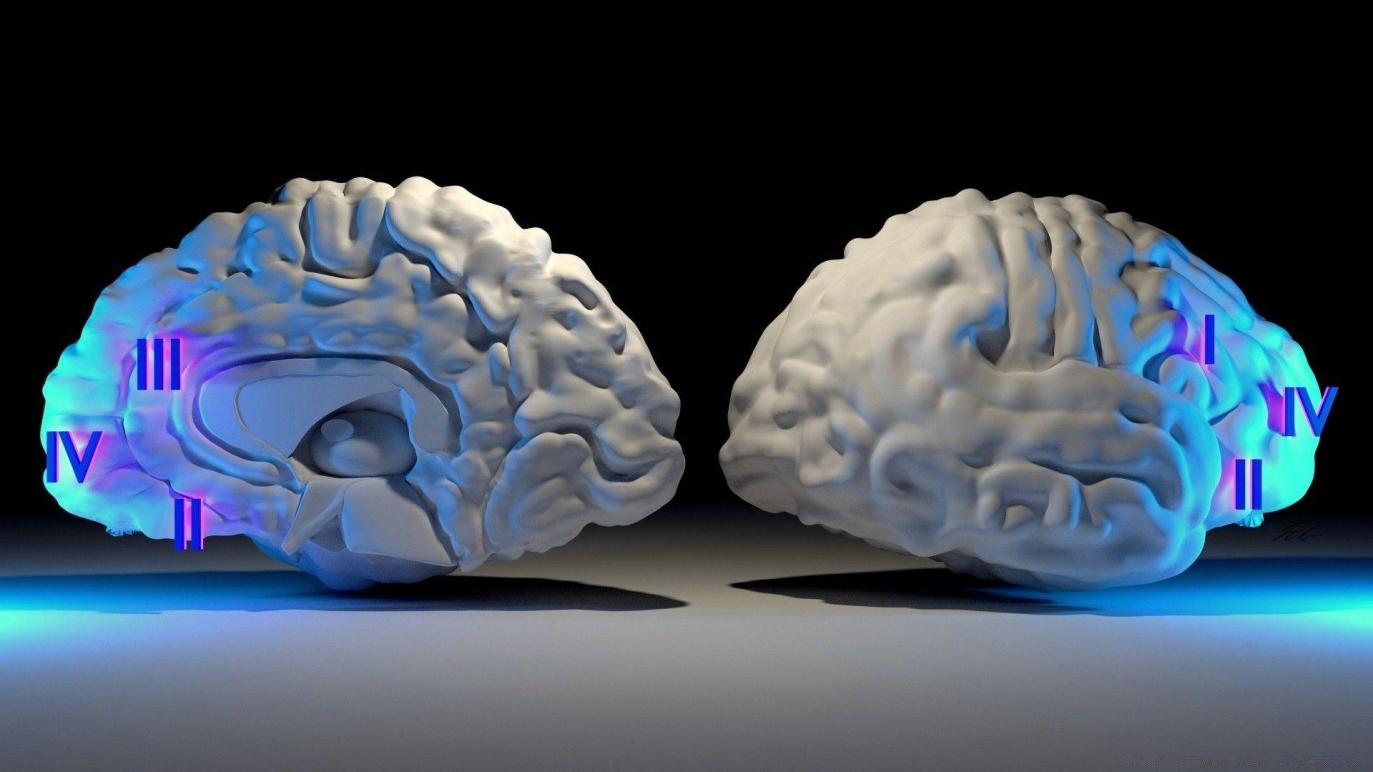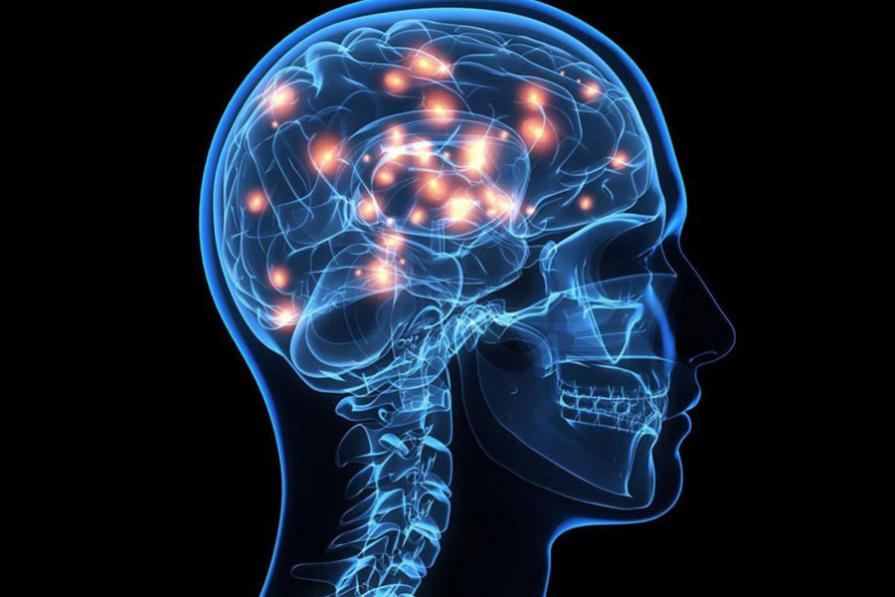What Are the Different Types of Brain Scans and How Are They Used?
Brain scans are non-invasive medical imaging techniques that allow doctors to visualize the brain's structures and functions. These scans play a crucial role in diagnosing and treating a wide range of brain disorders and conditions.

Types Of Brain Scans:
Computed Tomography (CT) Scan:
CT scans use X-rays and advanced computer processing to generate cross-sectional images of the brain. They are commonly used to detect brain injuries, tumors, bleeding, and other abnormalities.
- Principle: CT scans work by rotating an X-ray tube around the head, capturing multiple images from different angles.
- Applications: CT scans are particularly useful in emergency situations, such as head trauma, where quick diagnosis is essential.
Magnetic Resonance Imaging (MRI) Scan:
MRI scans use powerful magnets and radio waves to produce detailed images of the brain's structures and tissues. They are widely used to diagnose brain tumors, strokes, multiple sclerosis, and other neurological disorders.
- Principle: MRI scans align the hydrogen atoms in the brain's water molecules and then use radio waves to excite them. The resulting signals are detected and processed to create detailed images.
- Applications: MRI scans provide excellent soft tissue contrast, making them ideal for visualizing brain structures and detecting abnormalities.
Positron Emission Tomography (PET) Scan:
PET scans measure metabolic activity in the brain by injecting a small amount of radioactive tracer into the bloodstream. The tracer accumulates in active brain regions, allowing doctors to visualize and assess brain function.
- Principle: PET scans detect the gamma rays emitted by the radioactive tracer as it decays. These signals are then used to create images of brain activity.
- Applications: PET scans are commonly used to study brain function, diagnose brain tumors, and assess treatment response in various neurological disorders.
Single-Photon Emission Computed Tomography (SPECT) Scan:

SPECT scans are similar to PET scans but use a different type of radioactive tracer that emits gamma rays. They are primarily used to measure blood flow in the brain and diagnose conditions like dementia, Parkinson's disease, and epilepsy.
- Principle: SPECT scans detect the gamma rays emitted by the radioactive tracer as it circulates through the brain's blood vessels.
- Applications: SPECT scans provide information about brain perfusion, which is crucial for diagnosing and monitoring neurodegenerative disorders.
Other Specialized Brain Scans:
Functional Magnetic Resonance Imaging (fMRI) Scan:
FMRI scans measure brain activity by detecting changes in blood flow during various tasks or stimuli. They are widely used in neuroscience research and clinical settings to study brain function and diagnose brain disorders.
- Principle: fMRI scans measure the blood oxygen level-dependent (BOLD) signal, which reflects changes in blood flow and oxygen consumption in the brain.
- Applications: fMRI scans are used to study brain function in healthy individuals and patients with neurological disorders, aiding in diagnosis and treatment planning.
Diffusion Tensor Imaging (DTI) Scan:

DTI scans measure the diffusion of water molecules in the brain, providing information about the integrity of white matter tracts. They are used to study brain connectivity, detect white matter abnormalities, and diagnose neurodegenerative disorders.
- Principle: DTI scans measure the diffusion of water molecules in different directions within the brain's white matter.
- Applications: DTI scans are used to study brain development, assess brain injury, and diagnose conditions like multiple sclerosis and Alzheimer's disease.
Magnetoencephalography (MEG) Scan:
MEG scans measure magnetic fields generated by electrical activity in the brain. They are used to study brain function, detect epilepsy, and diagnose brain tumors.
- Principle: MEG scans detect the weak magnetic fields produced by neuronal currents in the brain.
- Applications: MEG scans provide high temporal resolution, allowing researchers to study brain activity with millisecond precision.
Brain scans are powerful diagnostic tools that have revolutionized the field of neurology. They allow doctors to visualize the brain's structures and functions, aiding in the diagnosis and treatment of a wide range of brain disorders. As technology continues to advance, new and improved brain scanning techniques are emerging, further enhancing our understanding of the brain and its complexities.
YesNo

Leave a Reply